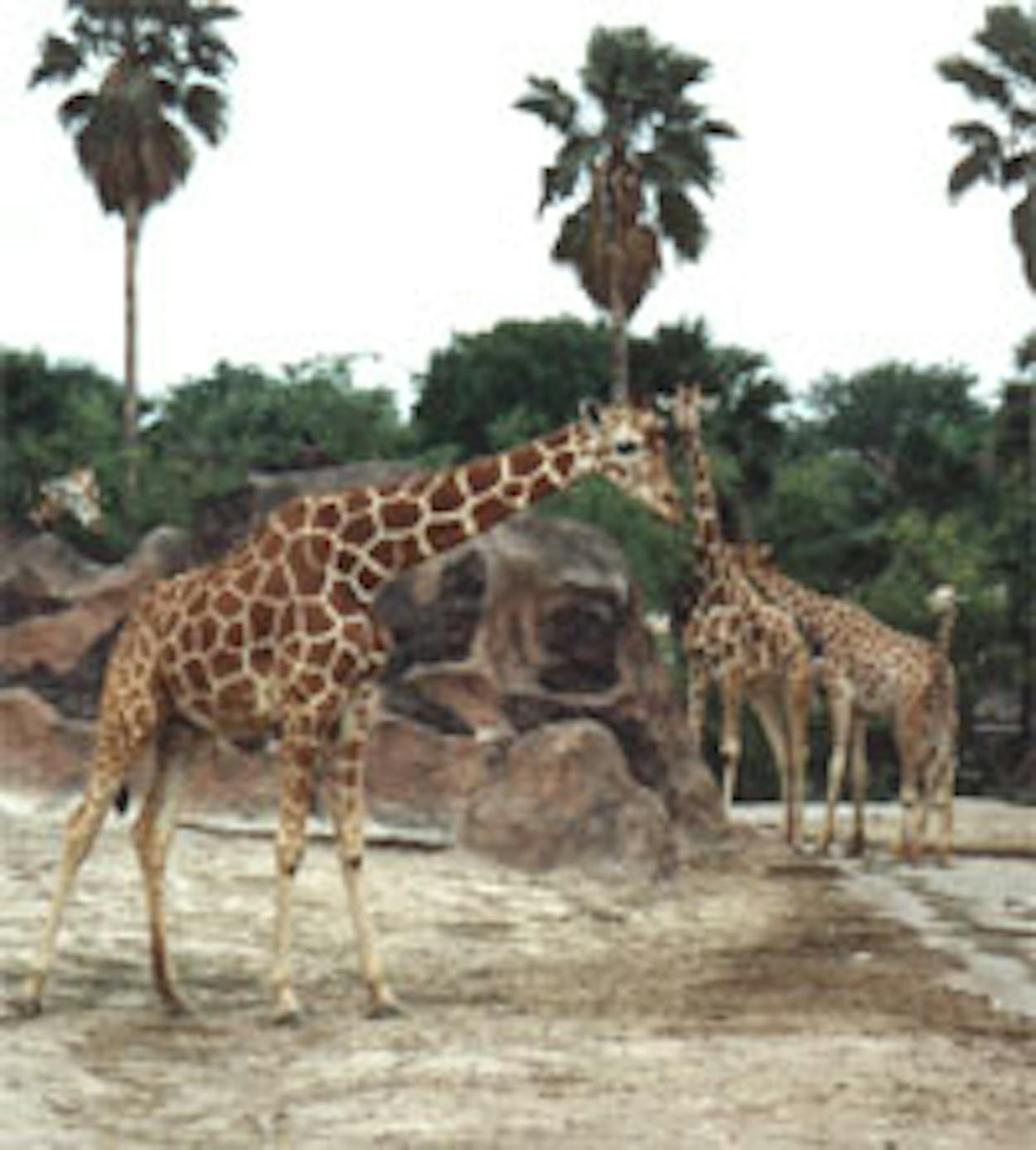Luis Foncerrada, age ten, burst through the gates first, grabbing a zoo map on the way; his brother Sebastian, five, was a half step behind, followed by me. Veteran zoo-goers, the boys barely glanced at the flamingos, paused briefly for the jaguars, and then settled in to observe the spider monkeys. (“There they are! Oo, oh, oh, woo,” said Sebastian, mocking the cry of one that yawned and then hung by his feet from the ropes.) With 31 acres and some 1,500 creatures representing 400 species (50 of them endangered), the Gladys Porter Zoo is regarded as one of the finest small-town zoos in the nation. It’s the perfect size for antsy children: Map in hand, Luis led us through its four main sections in two hours flat, with a snack break (the concession stands offer Tex-Mex in addition to the usual burgers and popcorn). The boys loved the colorful birds in the Tropical America free-flight aviary and the kangaroos in the Indo-Australia area, as well as big guys like the elephants, rhinos, hippos, and East Indian gaur (the world’s largest ox) in the Asia and Africa sections. I quickly took a liking to the various African antelopes that roam freely in their fenced and moated enclosures. The three of us shared a healthy respect for the tricolored cape hunting dogs of South Africa, which travel in packs at sixty miles per hour and dine on my friends the antelopes.Speaking of which, Brownsville has the only Jentink’s duiker in captivity. A skittish animal from the evergreen forests of Sierra Leone, Ghana, and Liberia, it is gray, with a black head and shoulders and short horns. We also saw the rare (and way-cool) bongo antelope, with spiraling horns and vertical white stripes on a reddish body (“Man, they have some weird animals here,” marveled Luis); the equally rare bontebok, with a mahogany coat and white rump; and the gazellelike Arabian oryx, with its long, straight horns. The zoo also boasts one of only three breeding groups of West African harnessed (or bushbuck) antelopes in the U.S., as well as the only breeding pair of Philippine freshwater crocodiles, the world’s most endangered reptile, in captivity. We all agreed that the much longer saltwater crocodiles, which grow to 25 feet, looked scarier.
With its bilingual explanatory plaques, semitropical foliage, and elaborate system of resacas and other waterways, this zoo is very much of the Rio Grande Valley, but it’s also more than that: Amid the starkness and dust of a bordertown, it’s an oasis. 500 Ringgold Street, Brownsville (956-546-2117 for recorded information, or 956-546-7187; www.gpz.org). Through October 28: open weekdays 9 to 5:30, Saturday and Sunday till 6. October 29 through April 1: zoo closes a half-hour earlier. If you get inside the grounds before the gates close, you can stay until sunset. General admission $6.50, senior citizens $5, children 2 to 13 $3.25, under 2 free. Parking $2. Wheelchair accessible.







